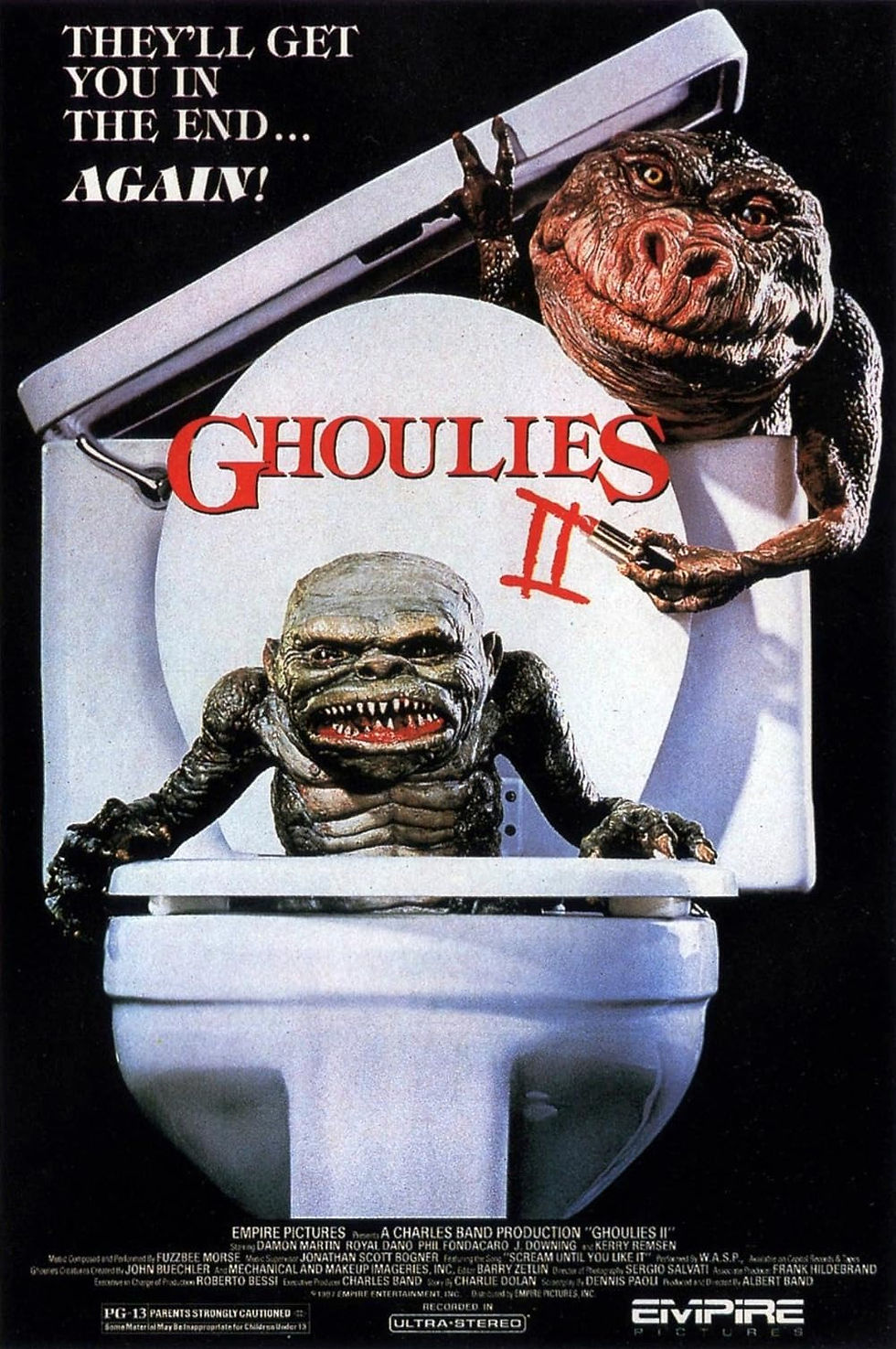Horror Heavyweights: Directors Who Mastered the Anthology Format
- Allan Major

- May 5, 2024
- 3 min read

The horror maestro has a peculiar talent for symphony – not of notes and melodies, but of shivers and screams. An anthology horror flick, in the right hands, is a discordant ballet of dread, each segment a movement unto itself, yet all bound by a single spine-tingling theme. And some auteurs, bless their twisted souls, have elevated the form into pure, terrifying art.
Think of these filmmakers as the conductors of your nightmares, guiding you through a symphony of the macabre with their singular visions. Let's spotlight some of the horror heavyweights who've mastered this anthology game, dissecting their styles and the lingering echoes of their deliciously disturbing works.
George A. Romero: The Grandfather of Gore
When it comes to anthology horror, Romero is the man, the myth, the zombie-loving legend. "Creepshow" (1982), his homage to those garish EC Comics of yesteryear, is pure unadulterated fun. A grotesque and gleeful ode to comeuppance and carnage, where swamp monsters, meteorites from hell, and crate-dwelling beasties deliver delightfully gruesome fates. Romero's fingerprints are all over this one: biting social satire, a hefty dose of gore, and a wicked sense of humor.
But don't think "Creepshow" is all splatter and schlock. Romero, alongside Stephen King, weaves surprisingly poignant morality tales within all the mayhem. It's a balancing act he perfected, keeping audiences both cackling and clutching their armrests.

John Carpenter: Synth-Soaked Scares
If Romero brought the gore, then Carpenter injected the icy cool. His contribution to the "Masters of Horror" television series with "Cigarette Burns" (2005) stands as a testament to his ability to unnerve with atmosphere alone. A film noir nightmare about a cursed movie reel that drives men to madness, it's dripping with unease and paranoia. Carpenter's signature synth score pulsates throughout, amplifying the dread like a slow, insistent heartbeat.
Carpenter understands the power of the unseen, the creeping sense that something terrible lurks beyond the edge of the frame. His anthology segments are like pressure cookers of tension, ready to explode with startling, often surreal bursts of violence.
The Soska Sisters: A Twisted Vision
A duo to watch in the modern horror scene, the Soska Sisters (Jen and Sylvia) inject a healthy dose of female-driven terror and subversion into the anthology world. They cut their teeth on "The ABCs of Death" (2012), contributing a darkly comedic segment about a disastrous speed-dating scenario. But it's their contribution to the "XX" (2017) anthology – an all-female-directed horror collection – that truly showcases their warped brilliance. Their story, "The Birthday Party," is a masterclass in slow-burn horror, where the terror lies in a mother's desperate attempt to conceal a chilling secret. The Soskas excel at body horror and psychological torment, delivered with a feminist twist that feels fresh and ferocious.

Anthologies as Auteur's Playgrounds
What makes these directors so damn good at anthologies? It's more than just assembling a bunch of short scares. Anthologies, perhaps paradoxically, provide both constraint and freedom. Limited by a shorter runtime, a filmmaker must deliver chills efficiently and artfully –– a challenge tailor-made for the horror greats.
Yet, there's freedom in that structure too. Room to experiment, to be a little bolder, a little weirder. Anthologies let directors flex their creative muscles, showcasing their signature styles in concentrated bursts. For us viewers, it's a thrill ride through the many facets of their twisted imaginations.
The Enduring Allure of the Anthology
So, next time you see an anthology horror flick pop up, don't dismiss it as a mere hodgepodge of scares. Pay attention to the filmmaker behind the curtain. Chances are, you're about to go on a wild, wicked journey through a singular vision of terror, crafted by a master of the macabre. Now that, my friends, is entertainment worth screaming your lungs out for.







